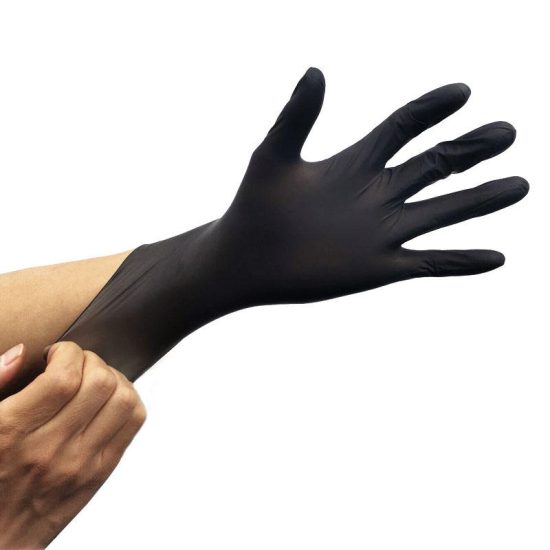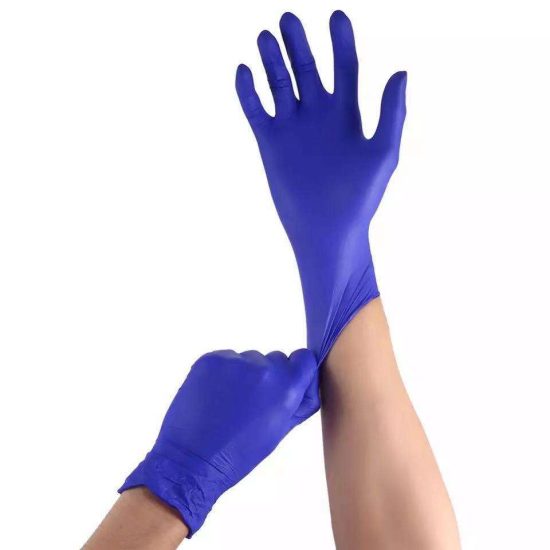When it comes to welding, protecting your hands is crucial due to the potential hazards such as heat, sparks, and molten metal. Here are some work gloves specifically designed for welding that provide excellent hand shielding:
- Leather Welding Gloves: Traditional leather welding gloves are a popular choice due to their durability and heat resistance. They are typically made from high-quality cowhide or goatskin leather and offer good protection against sparks, heat, and abrasions.
- Welding Gauntlets: Gauntlet-style gloves extend beyond the wrist, providing additional forearm protection. These gloves are ideal for shielding against splatter and sparks generated during welding processes.
- Heat-Resistant Gloves: Welding often involves high temperatures, so heat-resistant gloves are essential. Look for gloves with specialized materials like Kevlar or aluminized fabrics that offer excellent heat resistance properties.
- Welding Gloves with Insulation: Some welding gloves feature insulation layers that provide extra protection against heat and ensure comfort during prolonged welding tasks. These gloves are particularly suitable for high-heat welding applications.
- MIG/TIG Welding Gloves: For specific welding processes like MIG (Metal Inert Gas) or TIG (Tungsten Inert Gas) welding, consider gloves designed specifically for these applications. They often have a thinner and more dexterous design to allow for precise control and better tactile sensitivity.
- Welding Gloves with Reinforced Palm and Fingers: Welding can involve handling sharp or rough materials, so gloves with reinforced palms and fingers provide added durability and protection against cuts, abrasions, and punctures.
- Flame-Resistant Gloves: In addition to heat resistance, flame-resistant gloves offer protection against flames and ignition sources. These gloves are important when working with flammable materials or in environments where sparks are present.
- Welding Gloves with Kevlar Stitching: Kevlar stitching provides superior strength and heat resistance. Welding gloves with Kevlar stitching are more durable and less prone to fraying or breaking, increasing their overall lifespan.
Remember, when selecting welding gloves, it’s crucial to choose gloves that are the right size and fit well to ensure maximum protection and dexterity. Additionally, check for compliance with industry safety standards and regulations to ensure the gloves meet the necessary requirements for welding applications.


